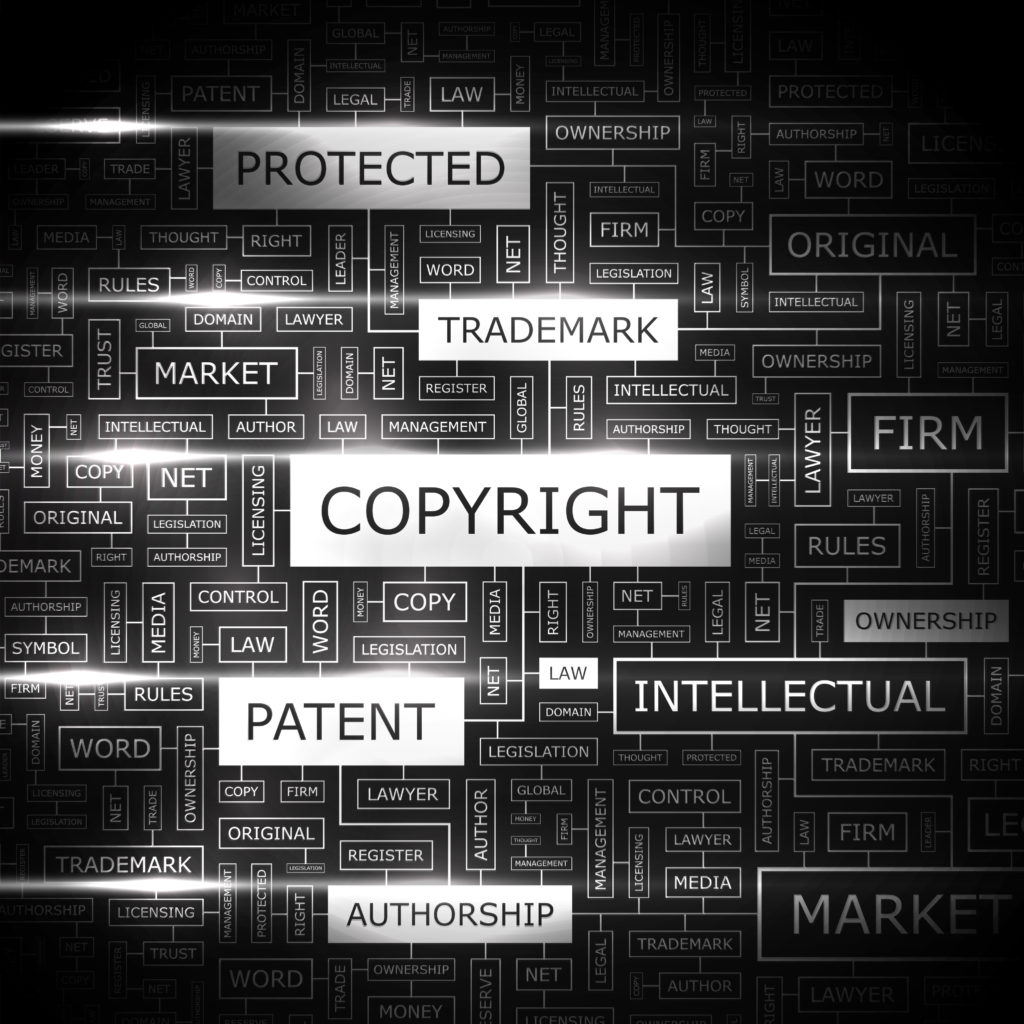In this interview with Michael Van Loy, a Member in the Intellectual Property Section of the law firm of Mintz Levin, he discusses strategies for patenting a technology with a global applicability. Mike’s practice focuses on all aspects of Intellectual Property, or IP, strategy. Check it out and let us know what you think!
https://vimeo.com/168146439%20
Strategies for Patenting a Technology with Global Applicability
Here is Mike’s take:
“It can get extremely expensive. I’ve seen an estimate for the total potential spin for a patent that you wanted to protect in the five biggest economies of the world. Those would be Europe, China, Japan, Korea and the U.S. The total lifetime spent on a patent might be a quarter of a million dollars. Of that, maybe $15,000 to $20,000 might be your drafting of the application, filing fees in the U.S. and prosecuting it and getting it issued in the U.S. Your bang for your buck with the United States is very high. Your filing fees aren’t out of control. For a small company, it’s $800 to file the application. You may pay another $1,000 to $1,500 in fees before you get the patent issued. Your attorney fees, depending on the complexity of the invention, might be sometimes in the single digit thousands. Depending on the technology and what it covers, you’re probably looking at spending somewhere between $8,000 to $15,000 on attorney fees to get it drafted. Then maybe that much again dealing with the patent office to get it done. Sometimes I have clients that come in and say, ‘I want to protect this every month.’ Then you explain to them how much that’s going to cost. Then they say, ‘Well, maybe not.’ There is a strategy. You have one year from your first filing to make a decision whether you’re going to file outside the U.S. One option is to file what’s called a Patent Cooperation Treaty application, which is about $4,000. That $4,000 basically buys you the right to wait another year and a half past that one-year deadline before you start spending real money.”
Mike continues:
“Sometimes if you have a patent that you consider to be fundamental to your business, and you don’t have this barrier, then any old person that shows up can copy what you’re doing and run with it. It might be worth at least filing that PCT application to have the opportunity. Hopefully things go really well, and in a year and a half, you’re ready to move. If you don’t, then you have to make that decision. It’s one of those boxes that investors like to see checked. You’ll get a question that asks, ‘What are the barriers to competitors stealing what you’re doing and running with it?’ One way to say that is, ‘We have patent protection on this. We’ve filed the PCT application. We have the option to file internationally.’ A lot of it depends on what stage you’re at. Some of the largest pharmaceutical companies might try to patent something in every country in the world. What we refer to as checker boarding is effectively having enough large markets covered. Someone who wants to infringe or do the same thing may think, ‘I can’t do any of those activities in the U.S. I can’t do any of those activities in Europe. I can’t do any of those activities in China. Maybe I should take a license worldwide.’ If you have enough barriers there and closed off enough markets, then it may be worth it to someone to ask you for a license. If they’re going to try to avoid your patents, then they’re going to have a much reduced market.”
I hope you enjoyed Mike’s insights on this topic.
This is Patrick Henry, CEO of QuestFusion, with The Real Deal…What Matters.
